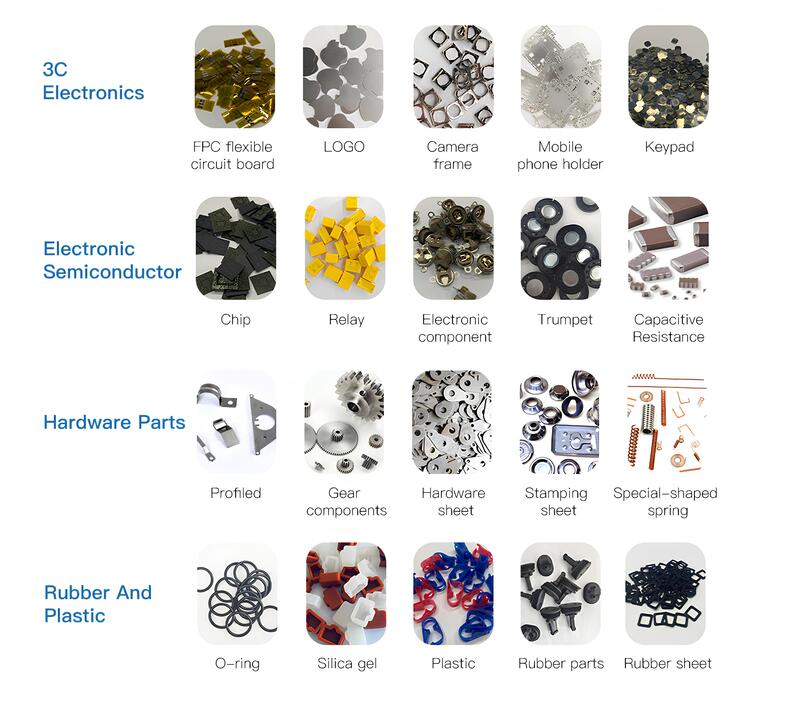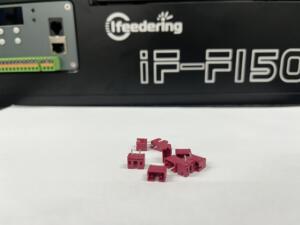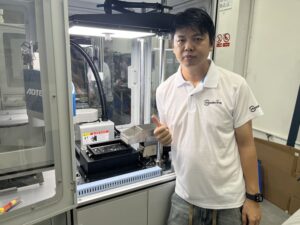Automation has become a crucial component in various industries, fundamentally transforming the way tasks are performed. A feeder, an essential element of automation, plays a critical role in ensuring machines operate smoothly and effectively. Recently, a new type of feeder has emerged – the adaptable flexible feeder. This innovative technology has revolutionized material handling and opened up new possibilities for automation. In this article, we will explore the features and benefits of the versatile flexible feeder and its impact on the automation industry.

What is a Flexible Feeder?
A flexible parts feeder, also referred to as a flexible feeder, is an automated feeding system capable of accommodating a diverse array of parts with varying shapes, sizes, and materials. Unlike conventional feeders tailored for specific parts, flexible feeders can adjust to different parts without requiring manual retooling. This characteristic makes them an adaptable solution for industries handling a wide range of parts.

Benefits of Using a Flexible Feeder
The field of industrial automation has been revolutionized by the introduction of flexible feeder technology. This innovative solution provides an efficient and adaptable method for handling and feeding different types of parts and components in manufacturing operations. The purpose of this blog article is to offer a detailed overview of flexible feeder technology, including its advantages and its diverse applications across various industries. Whether you are a manufacturing expert seeking to enhance your production line or simply interested in the latest automation developments, this post will provide you with a comprehensive insight into flexible feeder technology.

Applications of the Versatile Flexible Feeder

The versatile flexible feeder can be used in a wide variety of applications. From medical device manufacturing to the automotive industry, the flexible feeder can be used to improve productivity, accuracy, and efficiency. It can be used to feed parts and components of any size and shape, including irregularly-shaped items. The flexible feeder can also be used to reduce the risk of part damage due to vibration, shock, and other environmental factors. Additionally, the flexible feeder is ideal for high-speed automation applications, as it can adjust to the speed of the production line and quickly feed parts and components into the system.
Manufacturing Industry
- Assembly line automation
- Material handling and sorting
- Packaging and labeling
Food and Beverage Industry
- Ingredient dispensing and mixing
- Packaging and filling
- Quality control and inspection
Pharmaceutical Industry
- Pill counting and packaging
- Drug dispensing and labeling
- Quality assurance and traceability
Future Trends and Developments
Integration with Artificial Intelligence and Machine Learning
- Adaptive feeding algorithms
- Predictive maintenance and fault detection
Collaborative Robotics and Human-Robot Interaction
- Safe and efficient collaboration between humans and robots
- Increased flexibility and versatility in automation processes
Internet of Things (IoT) Connectivity
- Real-time data monitoring and analysis
- Remote troubleshooting and optimization

Conclusion
- The versatile flexible feeder has revolutionized automation by providing a highly adaptable and efficient solution for material handling.
- It is suitable for a wide range of industries, including manufacturing, food and beverage, and pharmaceuticals.
- As technology advances, we can expect further integration with AI, collaborative robotics, and IoT connectivity.
- This opens up new possibilities for automation and improves productivity, quality, and worker safety.





